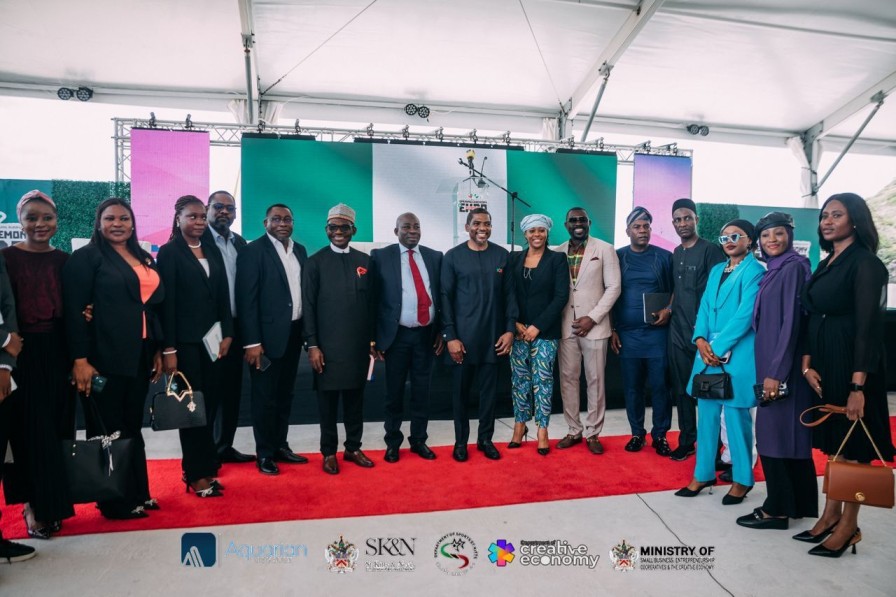PROTECT YOUR DNA WITH QUANTUM TECHNOLOGY
Orgo-Life the new way to the future Advertising by AdpathwayPeñico, a newly uncovered archaeological site in northern Peru, is changing what experts know about early American civilizations.
Official statements from Peru’s Ministry of Culture confirm that Peñico dates back over 3,500 years and sits about 200 kilometers north of Lima, at 600 meters above sea level.
Archaeologists believe the city was founded between 1,800 and 1,500 BC, making it a contemporary of early societies in Egypt and Mesopotamia. Researchers describe Peñico as a key trading hub that connected the Pacific coast, the Andes, and the Amazon basin.
The city’s location and design show a clear strategy to promote exchange and protect residents from floods and landslides. Excavations have revealed 18 structures, including temples, public plazas, and residential complexes.
Among the finds are clay sculptures, ceremonial objects, and necklaces made from shells and minerals, all indicating wide-ranging trade. Peñico’s rise followed the decline of Caral, the oldest known civilization in the Americas.
 Peñico: Peru’s 3,500-Year-Old City Sheds Light on Ancient Trade and Survival. (Photo Internet reproduction)
Peñico: Peru’s 3,500-Year-Old City Sheds Light on Ancient Trade and Survival. (Photo Internet reproduction)Experts suggest climate change forced Caral’s people to adapt, and Peñico emerged as a successor, carrying forward their traditions. The city’s builders used stone and mud, creating circular structures and decorated walls.
Peñico Reveals Ancient Trade Networks
One notable building features sculpted reliefs of pututus, conch shell instruments used for ceremonies and communication. The evidence points to a society that valued trade and connectivity.
Artifacts made from marine shells, animal bones, and minerals like hematite show that Peñico’s residents exchanged goods with distant regions. The city’s strategic position allowed it to act as a node in a network that moved resources and ideas across varied landscapes.
Today, Peñico faces threats from land traffickers seeking to profit from rising land values near archaeological sites. Official reports document attacks on researchers and a lack of police protection.
These risks endanger both the site and those working to preserve it. Peñico’s discovery offers hard data about early urban life in South America. It shows that ancient Peruvians built complex trade networks and resilient cities long before the Incas.
The site’s remains provide new insight into how early societies survived, adapted, and prospered through commerce and cooperation. Peñico stands as a vital piece of the continent’s history, highlighting the role of trade and adaptation in shaping ancient civilizations.


 4 days ago
10
4 days ago
10










 English (US) ·
English (US) ·  French (CA) ·
French (CA) ·  French (FR) ·
French (FR) ·